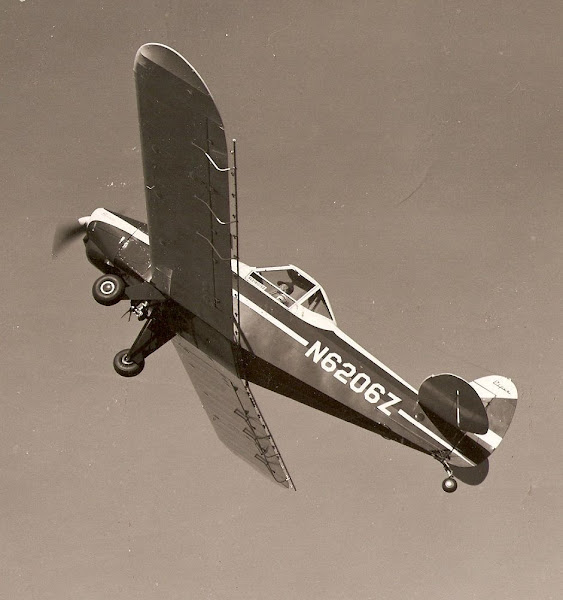The time was eight centuries after Egyptian slaves dragged huge stones across the desert to build the great pyramids. The place was a hemisphere away, in North America at a site now in northeaster Louisiana, and the people who fashioned Poverty Point mounds had probably migrated to this part of the world from Asia via the Bering Strait and Alaska.
These ancient people set for themselves was the building of a complex array of earthen mounds near what was then the banks of the Mississippi River. The central group of mounds consists of six rows of concentric octagonal ridges, five to ten feet high, with aisles at the corners leading to the center. The outer octagon measures three-quarters of a mile across. Only about half of the octagonal mounds remain, for Macon Bayou, which flows past the site, has eroded the original complex.
Four other mounds are nearby and noteworthy for their size and shape. Immediately to the west of the octagonal village lies Poverty Point Mound, a spectacular bird shaped mound measuring about 700 by 800 feet at its base and rising about 60 feet into the sky. Motley Mound, is another located due north of the village and is similar in size and shape, although the bird shape lacks a tail. A third earthen mound, called Jackson Mound, lies due
 south and is like the other two. It has been theorized that the river or bayou washed away a fourth mound twenty centuries ago. It has been estimated that 5 million man hours has been devoted to building these massive structures.
south and is like the other two. It has been theorized that the river or bayou washed away a fourth mound twenty centuries ago. It has been estimated that 5 million man hours has been devoted to building these massive structures. One of the most remarkable aspects of this culture was the peoples willingness to import materials from great distances and their ability to adapt to the environment. An example of the later trait is found in the millions of hard brick-like clay balls found at the site. Made by hand and hardened in the sun, these balls were heated and tossed into food vessels as a method of cooking. It is known that stones were used at the time for this purpose, but since there were no stones at Poverty Point, clay ball were ingeniously substituted. Flint knives and spears were made from stones imported from thirty miles away, and soapstone vessels were made of material from the mountains of North Carolina 500 miles away.
Visit Poverty Point. It is located on HiWay 577, north of Epps, La., about 40 miles west and north of Vicksburg, Mississippi.



